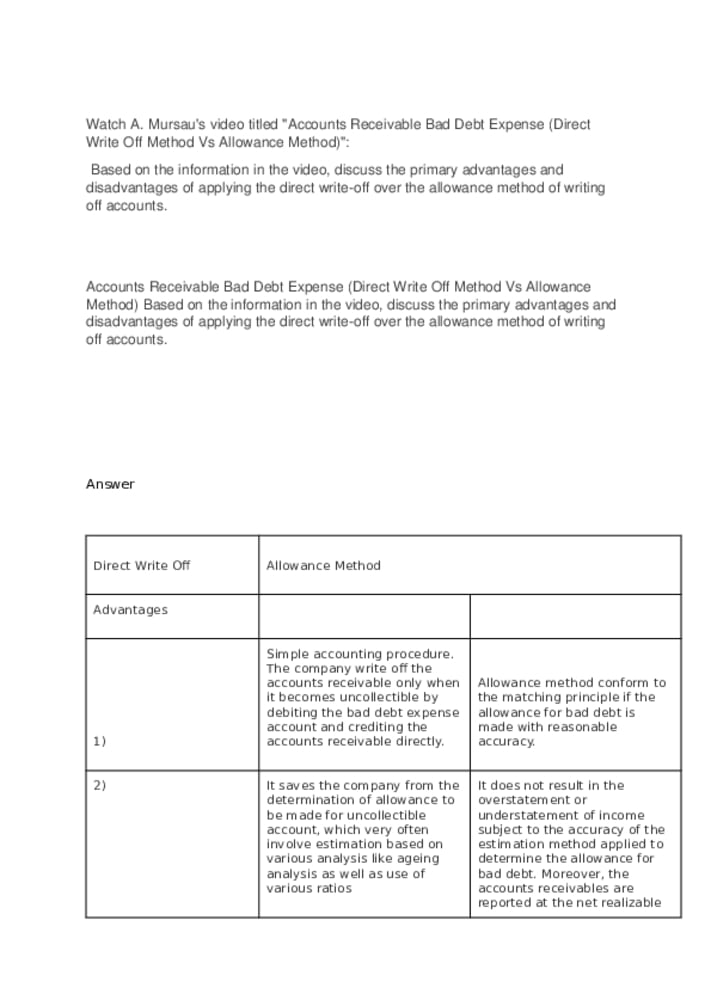
You should consult with a licensed professional for advice concerning your specific situation. This oversight is crucial to help prevent errors, bias and unethical practices that could arise from unchecked AI decision-making. Human intervention also ensures that decisions are explainable and accountable, which are regulatory requirements in many jurisdictions. Sameena has a PhD in Artificial Intelligence, an MS in Computer Science from IIT Delhi, and a BS in Electronics Engineering. She is passionate about Artificial Intelligence and change and is a frequently invited speaker at top forums including Ted talks, and keynotes at premier AI conferences (IJCAI 2021).

Datadog President Amit Agarwal on Trends in…
If there’s one technology paying dividends for the financial sector, it’s artificial intelligence. AI has given the world of banking and finance new ways to meet the customer demands of smarter, safer and more convenient ways to access, spend, save and invest money. We recently conducted a review of gen AI use by 16 of the largest financial institutions across Europe and the United States, collectively representing nearly $26 trillion in assets. Our review showed that more than 50 percent of the businesses studied have adopted a more centrally led organization for gen AI, even in cases where their usual setup for data and analytics is relatively decentralized.
- ShapeShift has also introduced the FOX Token, a new cryptocurrency that features several variable rewards for users.
- “Financial services institutions are facing immense computational demands and the pressing need for modernization,” said Adam Honoré, Head of Financial Services Service Development, at AWS.
- Canoe ensures that alternate investments data, like documents on venture capital, art and antiques, hedge funds and commodities, can be collected and extracted efficiently.
- The nascent nature of gen AI has led financial-services companies to rethink their operating models to address the technology’s rapidly evolving capabilities, uncharted risks, and far-reaching organizational implications.
Fintech: Future of AI in Financial Services
While gen AI is still in its early stages of deployment, it has the potential to revolutionize the way financial services institutions operate. It excels in finding answers in large corpuses of data, summarizing them, and assisting customer agents or supporting existing AI chatbots. For example, in this video, we explore how gen AI can speed up credit card fraud resolution — a win-win for customers and customer service agents. AI assistants, such as chatbots, use AI to generate personalized financial advice and natural language processing to provide instant, self-help customer service. Underwrite.ai uses AI models to analyze thousands of financial attributes from credit bureau sources to assess credit risk for consumer and small business loan applicants. The platform acquires portfolio data and applies machine learning to find patterns and determine the outcome of applications.
Personalized assistants and chatbots
While smartphones took many years to move banking to a more digital destination—consider that mobile banking only recently overtook the web as the primary customer engagement channel in the United States6Based on Finalta by McKinsey analysis, 2023. Goldman Sachs, for example, is reportedly using an AI-based tool to automate test generation, which had been a manual, highly labor-intensive process.7Isabelle Bousquette, “Goldman Sachs CIO tests generative what does it mean to normalize financial statements AI,” Wall Street Journal, May 2, 2023. And Citigroup recently used gen AI to assess the impact of new US capital rules.8Katherine Doherty, “Citi used generative AI to read 1,089 pages of new capital rules,” Bloomberg, October 27, 2023. For slower-moving organizations, such rapid change could stress their operating models. Kasisto is the creator of KAI, a conversational AI platform used to improve customer experiences in the finance industry.
How DZ BANK improved developer productivity with Cloud Workstations
Vena also offers a centralized data repository and automated data collection, reducing manual errors and ensuring data accuracy. Stampli’s accounts payable AI, Billy the Bot, automates manual tasks such as coding invoices, detecting duplicates, https://www.wave-accounting.net/ matching discrepancies, and routing approvals based on company policies. Sage Intacct integrates with other business applications and offers customizable dashboards and reports to help businesses make informed decisions and drive growth.

AI can also lessen financial crime through advanced fraud detection and spot anomalous activity as company accountants, analysts, treasurers, and investors work toward long-term growth. The decision for financial institutions (FIs) to adopt AI will be accelerated by technological advancement, increased user acceptance, and shifting regulatory frameworks. Banks using AI can streamline tedious processes and vastly improve the customer experience by offering 24/7 access https://www.simple-accounting.org/how-bonds-work/ to their accounts and financial advice services. Artificial intelligence (AI) and machine learning in finance encompasses everything from chatbot assistants to fraud detection and task automation. Most banks (80%) are highly aware of the potential benefits presented by AI, according to Insider Intelligence’s AI in Banking report. Gen AI certainly has the potential to create significant value for banks and other financial institutions by improving their productivity.
While existing Machine Learning (ML) tools are well suited to predict the marketing or sales offers for specific customer segments based on available parameters, it’s not always easy to quickly operationalize those insights. AI and blockchain are both used across nearly all industries — but they work especially well together. AI’s ability to rapidly and comprehensively read and correlate data combined with blockchain’s digital recording capabilities allows for more transparency and enhanced security in finance. AI models executed on a blockchain can be used to execute payments or stock trades, resolve disputes or organize large datasets. Alpaca uses proprietary deep learning technology and high-speed data storage to support its yield farming platform. AlphaSense is valuable to a variety of financial professionals, organizations and companies — and is especially helpful for brokers.
The use of AI in finance requires monitoring to ensure proper use and minimal risk. Proactive governance can drive responsible, ethical and transparent AI usage, which is critical as financial institutions handle vast amounts of sensitive data. Overall, the integration of AI in finance is creating a new era of data-driven decision-making, efficiency, security and customer experience in the financial sector. AI can be used in financial services for demand and revenue forecasting, anomaly and error detection, decision support, cash collections, and a myriad of other use cases. Feature set carries the highest weight in our evaluation as it directly impacts the capabilities and functionality of the software. We looked at factors such as the extent of AI use in solutions, customization options, integration with other tools, and advanced security features.
NetSuite Cloud Accounting software is a component of the larger Netsuite platform that specifically focuses on financial management and accounting functions. It offers features such as general ledger, accounts payable and accounts receivable, budgeting and forecasting, financial reporting and analytics, cash flow management, and revenue recognition. Despite the potential benefits, banks and financial institutions operate under stringent regulatory frameworks designed to protect consumers and maintain the integrity of the financial system.
For example, the same Elon Musk warning about the speed of generative AI improvement predicted in 2015 that Tesla cars would be driving themselves by 2018. While self-driving technology has made huge improvements, the technology still can’t be trusted with unusual and complex situations. Self-driving cars will rule the road someday, but many predictions about self-driving AI technology at the start of the hype cycle were ultimately incorrect and overly optimistic. “Our head of cybersecurity, head of architecture, head of model risk, head of compliance risk, legal, and me, the chief data science officer.
Frontrunners have taken an early lead in realizing better business outcomes (figure 8), especially in achieving revenue enhancement goals, including creating new products and pursuing new markets. Value delivery could either include customizing offerings to specific client preferences, or continuously engaging through multiple channels via intelligent solutions such as chatbots, virtual clones, and digital voice assistants. An early recognition of the critical importance of AI to an organization’s overall business success probably helped frontrunners in shaping a different AI implementation plan—one that looks at a holistic adoption of AI across the enterprise. The survey indicates that a sizable number of frontrunners had launched an AI center of excellence, and had put in place a comprehensive, companywide strategy for AI adoptions that departments had to follow (figure 4). We found that companies could be divided into three clusters based on the number of full AI implementations and the financial return achieved from them (figure 1).
As financial-services companies navigate this journey, the strategies outlined in this article can serve as a guide to aligning their gen AI initiatives with strategic goals for maximum impact. Scaling isn’t easy, and institutions should make a push to bring gen AI solutions to market with the appropriate operating model before they can reap the nascent technology’s full benefits. While large language models like OpenAI’s GPT-4 and Anthropic’s Claude work well out of the box, many financial institutions find that they need to customize models to get them to provide the best responses and align with their policies. Techniques like fine-tuning models on proprietary data, prompt engineering, and retrieval help elevate a base model from acceptable responses to a superior customer experience. Many financial institutions leverage their vast data to offer AI-enabled personalized service and guidance.
At one institution, a cutting-edge AI tool did not achieve its full potential with the sales force because executives couldn’t decide whether it was a “product” or a “capability” and, therefore, did not put their shoulders behind the rollout. While implementing and scaling up gen AI capabilities can present complex challenges in areas including model tuning and data quality, the process can be easier and more straightforward than a traditional AI project of similar scope. For example, Deutsche Bank is testing Google Cloud’s gen AI and LLMs at scale to provide new insights to financial analysts, driving operational efficiencies and execution velocity.
The average consumer will only interact with human experts in special and uncommon financial circumstances, such as navigating a significant inheritance or cashing out a 529 plan to pay for college. AI finance tools not only make your finance teams more agile but also reduce errors and allow them to focus on more strategic tasks. The benefits of AI finance tools are clear and the return on investment (ROI) can be substantial in the long run. Like Planful, Vena is also a financial planning and analysis software designed for budgeting, planning, forecasting, and consolidation. Vena stands out as an excellent choice for real-time intelligent reporting and data analysis.
